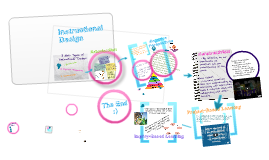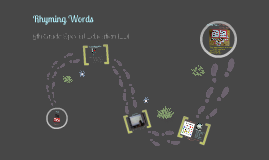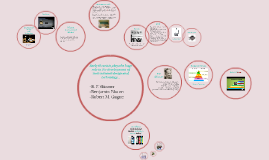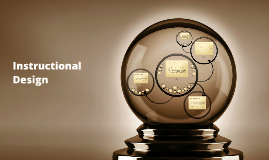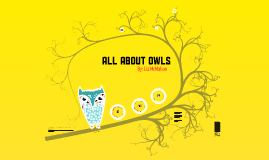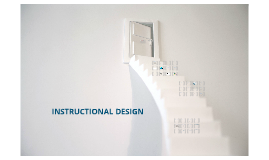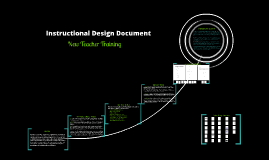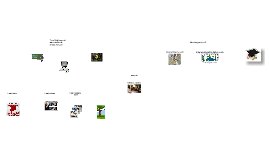Instructional Design
Transcript: Overview Topic: This course examines current training practices for newly hired educators at Sam Rayburn ISD. Training focus will be on providing flexible learning modules that enable learners to gain required knowledge and skills to properly function within the set guidelines of school district policies. Audience: All new members of the Sam Rayburn ISD school district will be offered this course. This training is appropriate for all teachers who will be educating students on the Elementary, Junior High, or High School campuses. Additionally, newly hired administrators may choose to take part in this course, as they must be privy to what is required of the education staff. Problem: The current training methods for new educators is antiquated. New guidelines and technologies are added to staff training each year. If new teachers of the district are encouraged to provide dynamic learning with technology integration within their classrooms, training of these educators on district practices should parallel that mindset. Additionally, last minute hiring of new employees makes it impossible for learners and the District Mentor to sit within the confines of a classroom to train for eight hours each day. The range of technology skills of new hires may also be problematic in completing learning tasks. This requires the design to include a collection of supportive materials to aid trainees during their learning process so that learners are successfully gaining required information. Much of the training will be in an online environment; having a supportive mentor on hand to answer questions in a timely manner will be challenging. Peers may have to rely on each other in addition to the mentor to complete required tasks. Moreover, despite being able to work at their own pace, learners will be required to complete tasks within a one week time-frame in order to be prepared for the start of the semester. Purpose: This course is focused on providing district training for all new staff members at Sam Rayburn ISD. Using a formalized learning approach (Rogers, 2003 as cited in Smith), trainees will be educated on district rules and conduct, communication, productivity, and general school practices within one week's time. Upon completion of course activities, trainees will be able to use campus resources and newly gained knowledge and skills to perform their employment requirements with professionalism and efficiency. TAP (Topic, Audience, Problem) Evaluation and Assessment Assessment: Trainees will be learning individually through the Moodle platform that will give access to all required information and tasks, unless they choose to conduct the modules on campus, with the aid of the District Mentor on hand for support. Learners will use a variety of assessments, which include quizzes, open-ended responses, performance tasks, self-checklists, and document submission. The District Mentor will be available for guidance if a learner struggles and/or requests help through the Moodle platform. Learners will have access to printable instructions, links, and videos for learning, and throughout the year for reference, as needed. Evaluation: Based on performance assessments, document submissions and quiz answers, the instructor will know if the learners successfully achieved their objectives. Reflective questioning of the learners throughout training will give participants the opportunity to express their thoughts and provide feedback about the learning process and/or the instruction. Evaluation Performance Scale: Upon completion of required tasks for each learning module, students will receive an indication of “Complete” or “Incomplete” as an evaluation. A “Complete” indicates successful completion of the training module by the participant. An “Incomplete” will result in training module re-attempt by the participant and/or intervention by the District Mentor for face-to-face instruction. Participants will receive one re-attempt before being required to meet with the District Mentor. Instruction is primarily performance-based and the learning goals can be objectively measured by completion of the required tasks. Additionally, quiz questions will be asked and completed during training; answers will determine what instruction is effective and what areas of instruction may need improvement. Upon completion of training, learners will complete a survey that will help determine if instruction was effective and if modification of the instructional design will need to be implemented. Topic Areas-Timeline Trainees will accomplish problem-based tasks in the order of their choosing, within a one week period. A. District Website (8 hrs) B. Gradebook (4hrs) C. Email (4hrs) D. Kamico software (3-4 hrs) E. Study Island Software (3-4hrs) F. Compliance Certification (8hrs) G. Phone Set-up/Use (1 hr) H. General Practices (7-8 hrs) Instructional Design Document Learning Protocols Course Goals and Objectives Learning Format: This course will utilize the






